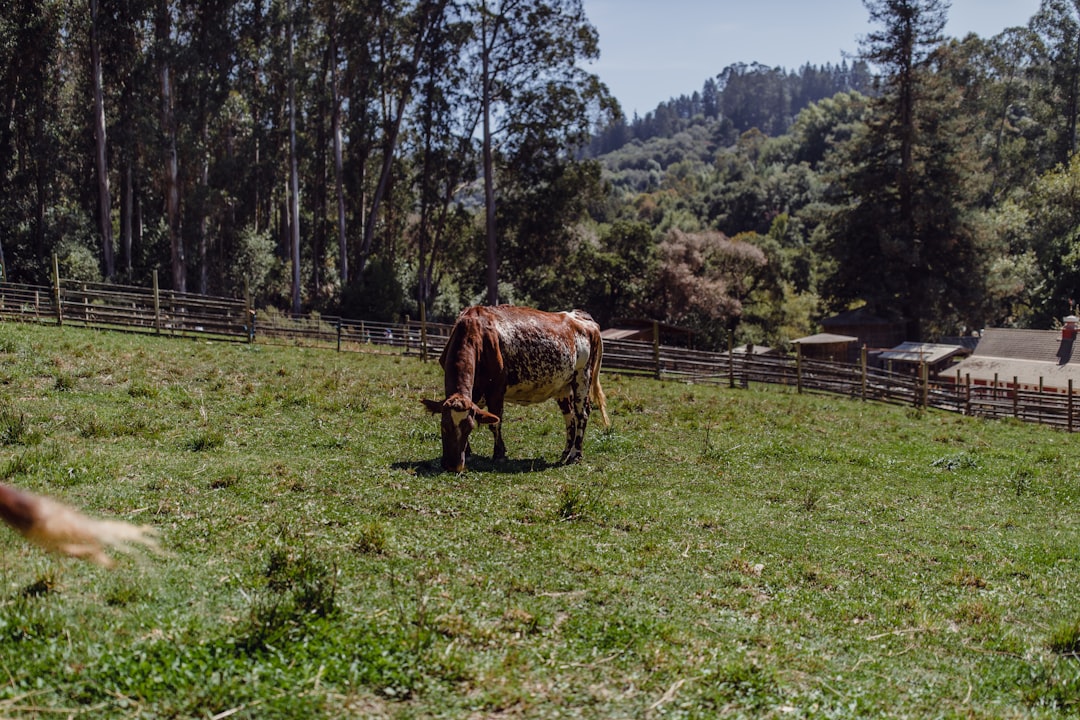What is it about?
There is a Japanese Pokémon called "Pipi" and another called "Gyarados". Which is bigger? Presuming you are unfamiliar with Japanese Pokémon , you probably made your prediction using Sound Symbolism. Sound Symbolism is the study of sound-meaning patterns in language where certain sound carry inherent associations. For example, sounds like "p" and "i" typically represent smallness while sounds like "g" and "a" are large. In this study, we constructed machine learning algorithms to understand this concept using the sounds that make up Pokémon names and their evolution status.
Featured Image

Photo by Collie Coburn on Unsplash
Why is it important?
After we constructed the machine learning algorithms, we then tested them against human participants on previously unobserved Pokémon names. The humans and the algorithms were shown the same names and were asked to identify whether the names belonged to larger, more evolved Pokémon or smaller, less evolved Pokémon. Despite only having access to a small dataset from which to train, the algorithms were much better than the human participants who had an average of twenty years of linguistic experience from which to draw.
Perspectives
Sound Symbolism is stochastic, not prescriptive. That means that we can observe sound symbolic patterns through statistical analysis, but sometimes smaller entities are represented with larger sounds and vice versa. The human brain tends to take a lot of shortcuts in pattern recognition and is not built primarily for statistical analysis, unlike machine learning algorithms. Perhaps it is not too surprising that the algorithms outperformed the human participants in this experiment.
Alexander Kilpatrick
Nagoya University of Commerce and Business
Read the Original
This page is a summary of: Random forests, sound symbolism and Pokémon evolution, PLoS ONE, January 2023, PLOS,
DOI: 10.1371/journal.pone.0279350.
You can read the full text:
Contributors
The following have contributed to this page










